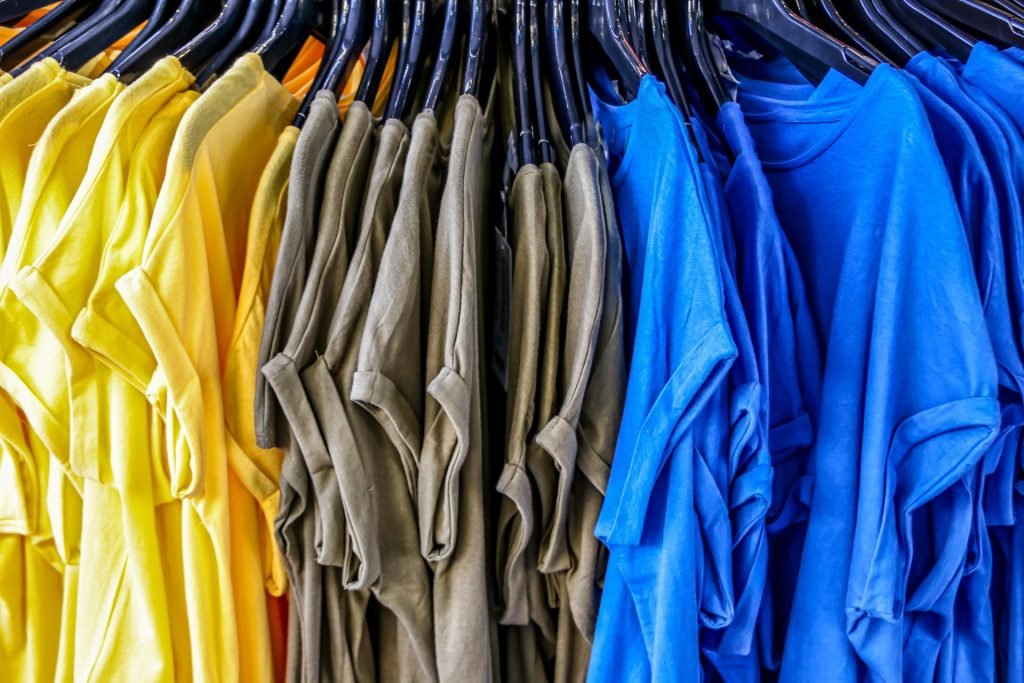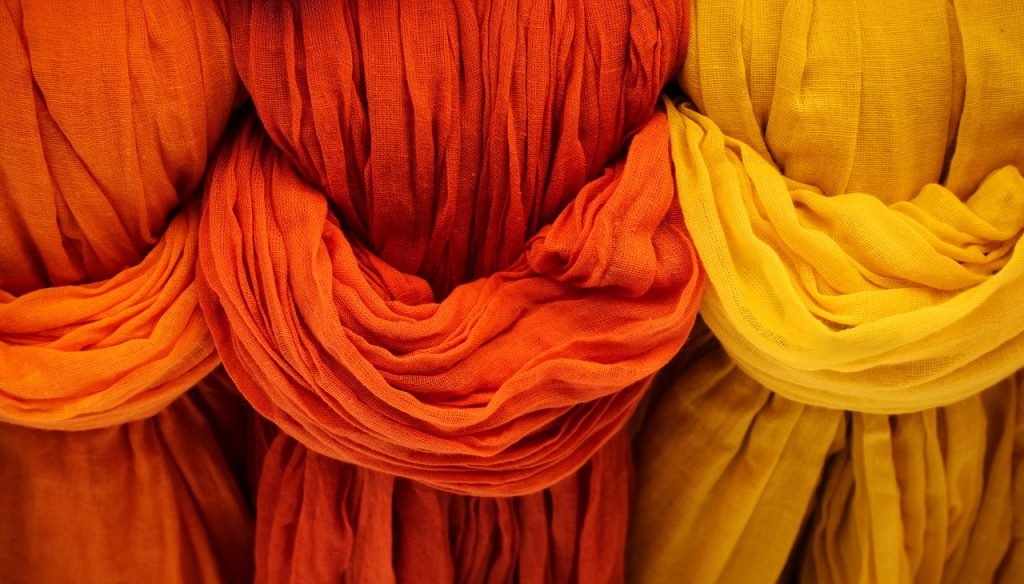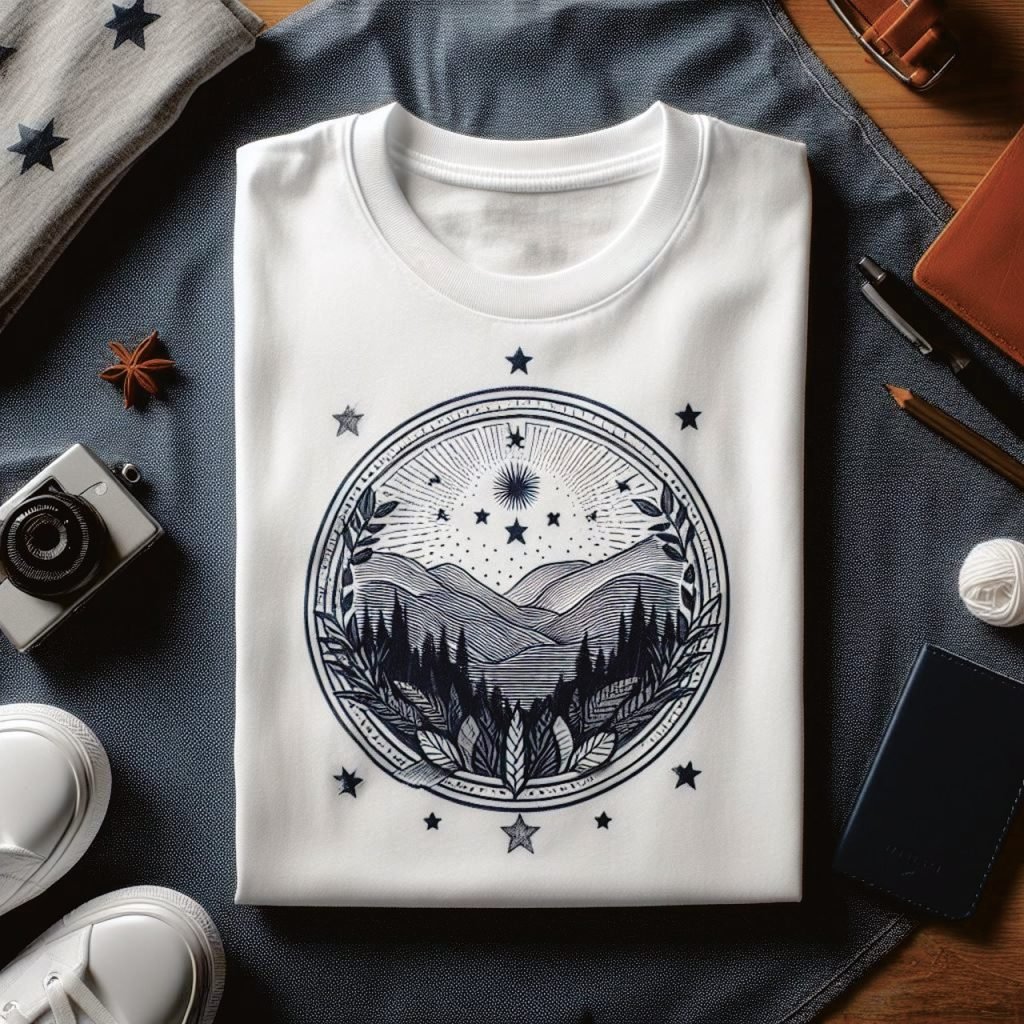Summer brings high temperatures and long sunny days, making it essential to wear clothing that prioritizes comfort, breathability, and moisture control. A good t-shirt for summer should be made from a fabric that allows air to circulate, wicks away sweat, and feels light against the skin. The right choice can make a difference between enjoying your day outdoors and feeling uncomfortable in the heat.
This guide explores the best fabrics for summer t-shirts, dives into the advantages and drawbacks of each material, and provides answers to common questions about summer-appropriate t-shirt materials. By the end, you’ll know exactly which fabrics suit your needs for different summer activities, climates, and personal preferences.

What Makes a Fabric Suitable for Summer T-Shirts?
To understand why certain fabrics are better than others for summer wear, let’s delve into the key properties that make a material summer-friendly:
1. Lightweight Composition
Summer fabrics should feel light and breezy, minimizing the weight on your skin. Fabrics are typically rated in GSM (grams per square meter), and for summer t-shirts, a GSM between 100 and 150 is ideal. Lightweight fabrics allow for greater freedom of movement and prevent overheating.
2. Breathability
The ability of a fabric to allow air to pass through its fibers is crucial for summer wear. Breathable fabrics like cotton and linen help dissipate heat from your body, keeping you cool and preventing sweat from accumulating.
3. Moisture-Wicking Abilities
Hot weather leads to increased sweating, and fabrics with moisture-wicking properties draw sweat away from the skin, allowing it to evaporate quickly. This keeps your body dry and prevents discomfort caused by damp clothing.
4. Softness and Comfort
Summer fabrics should feel soft and smooth against the skin, as rough or coarse materials can cause irritation when combined with sweat. Natural fibers like cotton and bamboo excel in this area, providing unmatched comfort.
5. UV Protection
Some fabrics offer additional protection against harmful UV rays. For example, densely woven fabrics or those treated with UV-blocking agents can shield your skin from excessive sun exposure.
Top Fabrics for Summer T-Shirts
1. Cotton: A Summer Classic
Cotton has remained a favorite for summer wear due to its breathable, lightweight, and soft nature. As a natural fiber, it is hypoallergenic and suitable for sensitive skin.
- Advantages:
Cotton is highly breathable, allowing air to circulate freely and keep you cool. It is excellent at absorbing moisture, preventing sweat from clinging to your skin. Cotton t-shirts are versatile and available in a variety of styles, making them suitable for both casual and semi-formal occasions. - Popular Varieties:
- Combed Cotton: A smoother, softer version achieved by removing shorter fibers.
- Organic Cotton: A sustainable choice grown without harmful chemicals, offering an eco-friendly alternative.
- Drawbacks:
Despite its benefits, cotton retains moisture, which can result in a damp feeling in humid weather. It also wrinkles easily and may shrink if not pre-shrunk. - Best Uses: Everyday wear, lounging, and layering under lightweight jackets.
2. Linen: The Ultimate Breathable Fabric
Linen, derived from flax fibers, is synonymous with summer comfort. Its open weave and lightweight structure make it one of the most breathable fabrics available.
- Advantages:
Linen is highly absorbent and quick-drying, making it ideal for extremely hot and humid climates. Its natural cooling effect makes it perfect for beach outings, vacations, and outdoor events. Linen is also durable and becomes softer with every wash. - Aesthetic Appeal:
Linen t-shirts often have a textured look, adding a touch of sophistication to casual wear. This makes them versatile enough for both laid-back and semi-formal settings. - Drawbacks:
Linen wrinkles easily and requires careful maintenance to keep its appearance intact. Its coarser texture may feel slightly rough initially but softens over time. - Best Uses: Tropical climates, summer vacations, and casual get-togethers.
3. Bamboo Fabric: Luxuriously Soft and Eco-Friendly

Bamboo fabric is a sustainable option known for its luxurious softness and eco-friendly production process.
- Advantages:
Bamboo fabric is naturally breathable and moisture-wicking, ensuring you stay dry and odor-free even in the hottest weather. It has hypoallergenic and antibacterial properties, making it a great choice for people with sensitive skin. Bamboo t-shirts are also biodegradable, making them an environmentally responsible option. - Unique Benefits:
Unlike other fabrics, bamboo has a silky texture, providing a high-end feel without sacrificing practicality. It also offers UV protection, shielding your skin from harmful rays. - Drawbacks:
Bamboo can be more expensive than other fabrics, and it requires gentle washing to preserve its quality. - Best Uses: Casual wear, eco-conscious fashion, and outdoor events.
4. Polyester: High-Performance Material
Polyester is a synthetic fabric designed to meet the demands of active lifestyles. Its quick-drying and durable properties make it a popular choice for summer sportswear.
- Advantages:
Polyester is lightweight, resists wrinkles, and retains its shape even after multiple washes. It excels in wicking moisture away from the skin, keeping you dry during physical activities. Blended with cotton, it becomes more breathable and comfortable. - Durability:
Polyester t-shirts are resistant to shrinking, stretching, and fading, making them ideal for frequent use. - Drawbacks:
While practical, polyester may feel less breathable compared to natural fibers. It can also retain odors if not washed properly. - Best Uses: Sportswear, hiking, and outdoor adventures.
5. Tri-Blend: A Versatile Option
Tri-blend fabrics combine cotton, polyester, and rayon to create a balanced material that is lightweight, soft, and breathable.
- Advantages:
The cotton component ensures breathability, polyester enhances durability and moisture-wicking, and rayon provides a smooth, silky texture. This combination makes tri-blend t-shirts comfortable and stylish for summer wear. - Unique Look:
Tri-blend t-shirts often feature a heathered appearance, adding visual interest to plain designs. - Drawbacks:
While comfortable, tri-blend fabrics may be less durable than 100% cotton or polyester options. They also require specific care to maintain their softness and structure. - Best Uses: Casual outings, travel, and trendy summer outfits.
Fabrics to Avoid in Summer

While some fabrics excel in hot weather, others can make you feel hotter and more uncomfortable. Avoid these materials during summer:
- Wool: Retains heat and feels heavy, making it unsuitable for warm climates.
- Acrylic: Traps moisture and heat, causing discomfort and excessive sweating.
- Nylon: Lacks breathability, leading to a sticky, suffocating feel in high temperatures.
Frequently Asked Questions (FAQs)
1. What is the best t-shirt to wear in hot weather?
The best t-shirt for hot weather is made from lightweight and breathable fabrics such as cotton, linen, or bamboo. These materials allow air circulation and wick away moisture to keep you cool.
2. What is the best material for shirts in hot weather?
Natural fibers like cotton and linen are excellent for hot weather due to their breathability and comfort. For active wear, polyester and bamboo are also great options.
3. What is the coolest t-shirt material?
Linen is considered the coolest material due to its lightweight structure and natural ability to dissipate heat.
4. Is polyester or cotton better in the summer?
Cotton is better for casual wear due to its softness and breathability, while polyester is ideal for sports and activities requiring moisture-wicking properties.
Conclusion
Choosing the right t-shirt material for summer is essential to staying comfortable and stylish during the hottest months. Whether you prefer the classic feel of cotton, the breezy nature of linen, or the high performance of polyester, each fabric has its unique advantages. By understanding the properties of different materials, you can make informed decisions that align with your needs and activities.
External Sources
- Heat Safety Tips – Ready.gov
